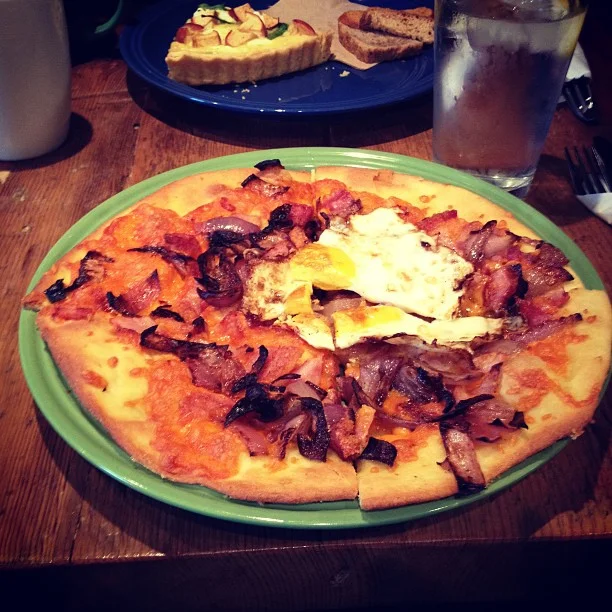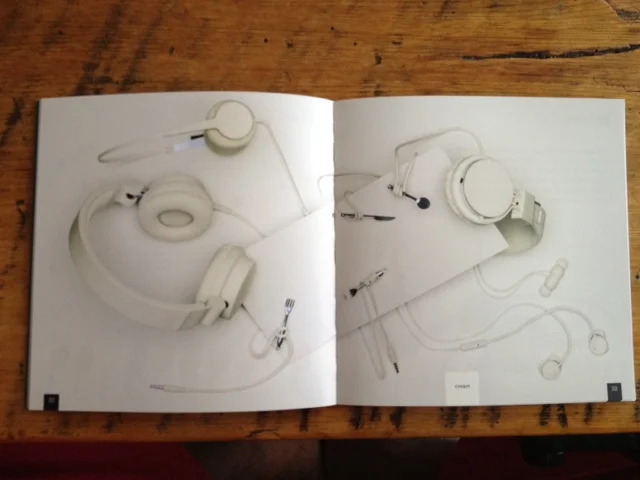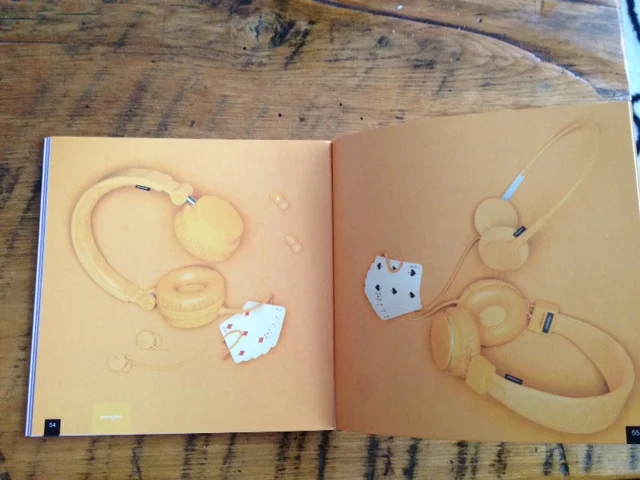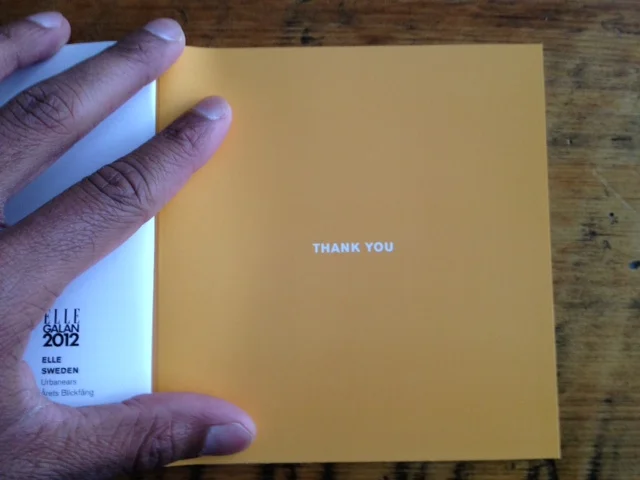This is my standard Sunday brunch item:
For the past four or five Sundays, my wife and I have been going to this wonderful cafe for brunch. It has become a lovely little routine we follow. This past Sunday, I went alone because my wife is away making the world a better place.
When I arrived, I was greeted by a new waitress and when she presented me with a menu ... I simply said, "I don't need a menu ... " Then I proceeded to give her my usual order.
Call me a regular, a loyal customer, a fan, the mayor on Foursquare ... any label you wish really, but you get the idea. I know this place and I love this place. Now let's take me and this specific restaurant out of the equation and look at the concept of someone who walks into a restaurant/cafe/bar and does not ask for a menu.
Here are some facts about this person:
- He or she has built this act into part of routine that he or she wakes up and looks forward to that day.
- To this person, the place (restaurant/cafe/bar) is more than an establishment, it's a place of rest. A place of peace. A place where you know exactly what you're going to get and you know you will like it, so it allows you to mentally relax and think of some other things. Entering this place is similar to the feeling of coming home after a long trip away.
- If asked, this person can talk someone's ear off about this place and can easily convince a group of people to go there.
- This person's love for this place will be exponentially enhanced if the employees of this establishment get to know this person on a first-name basis.
- If this person ever brings someone with him or her to this place, that new person should be treated with the same if not even greater admiration because this new person has entered a guarded sanctuary and must fall equally in love with it.
Knowing these facts, what can a restaurant/cafe/bar do to keep this relationship strong or attempt to make it even stronger? Here are some ideas, feel free to add your own in the comments:
- Get to know the person, ask them for a story, know something that you can ask them about each time you see them.
- Make sure that everyone on your staff knows who this person is and what they usually order. This should be easy because they probably come in at the same time on the same day.
- Treat them occasionally, give them something for free.
- Ask them to try something new that you think they may like. Take their feedback seriously.
- Ask them about how you could improve one thing you're doing.
- If they bring a friend (or more than one), definitely offer something on the house. You must impress the friends.
Relationship building is everything in the service industry (well, in every industry really), if you run a service business that offers a menu and you have a customer that doesn't ask for one ... it basically means this customer is offering you his or her hand in marriage ...
Take it.
















